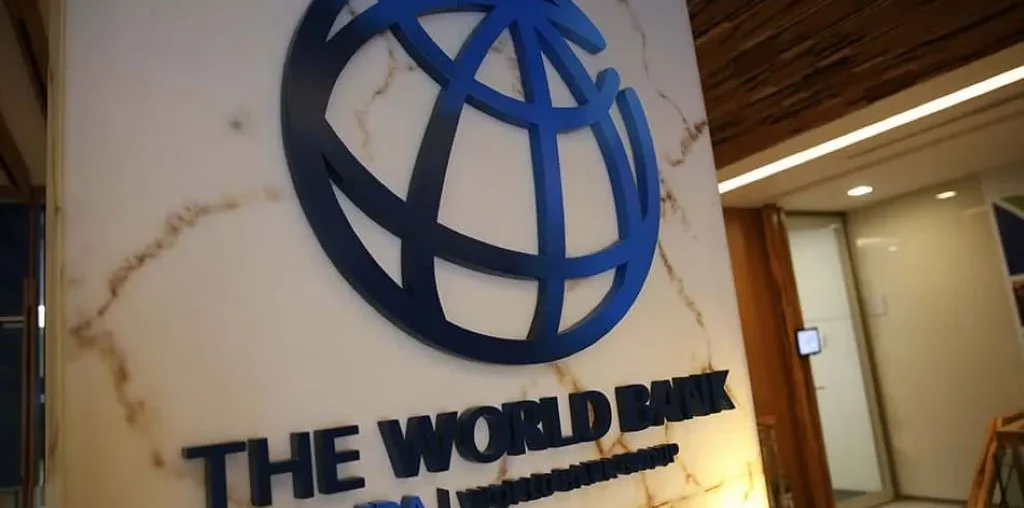The World Bank’s latest report reveals a troubling trend in global poverty. The 26 poorest countries now face their worst financial situation since 2006.
These nations, home to 40% of the world’s most impoverished people, struggle with mounting debt and increasing vulnerability to natural disasters.
These countries are poorer today than before the COVID-19 pandemic, contrasting sharply with the rest of the world’s recovery. The average debt-to-GDP ratio stands at 72%, the highest in 18 years.
Half of these countries either face debt distress or teeter on the brink of it. Their annual per capita income falls below $1,145. Most of these nations lie in Sub-Saharan Africa, including Ethiopia, Chad, and Congo. Afghanistan and Yemen are also on the list.
Two-thirds of these countries grapple with armed conflicts or struggle to maintain order, deterring foreign investment. Their economies rely heavily on commodity exports, exposing them to volatile market cycles.


Natural disasters have dealt these nations severe blows. Between 2011 and 2023, such calamities caused average annual losses of 2% of GDP, far higher than in lower middle-income countries.
Addressing Global Inequality
The World Bank’s International Development Association (IDA) plays a crucial role in supporting these economies. IDA raised a record $93 billion in 2021 and aims to secure over $100 billion by December 2024.
This crisis occurs against a backdrop of widening global inequality. For the first time this century, half of the 75 most vulnerable countries face growing income gaps with richer nations.
Extreme poverty rates in IDA countries stand eight times higher than the global average. These poorest nations now account for 90% of all people suffering from hunger or malnutrition.
One in four people in these countries survives on less than $2.15 per day. Looking ahead, these countries require investments representing nearly 10% of their GDP to address development needs and build climate resilience.
However, they also possess untapped potential in their young populations, natural resources, and solar energy capacity.
The situation calls for sustained investment to boost productivity and incomes in these vulnerable economies. Without decisive action, the gap between the world’s poorest and richest nations may continue to widen.

